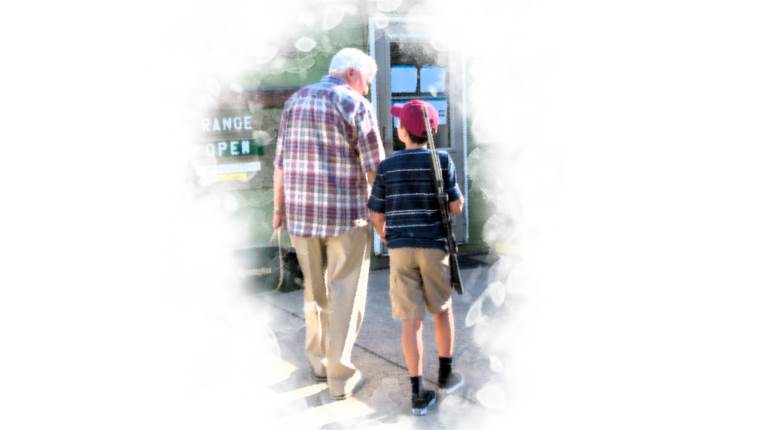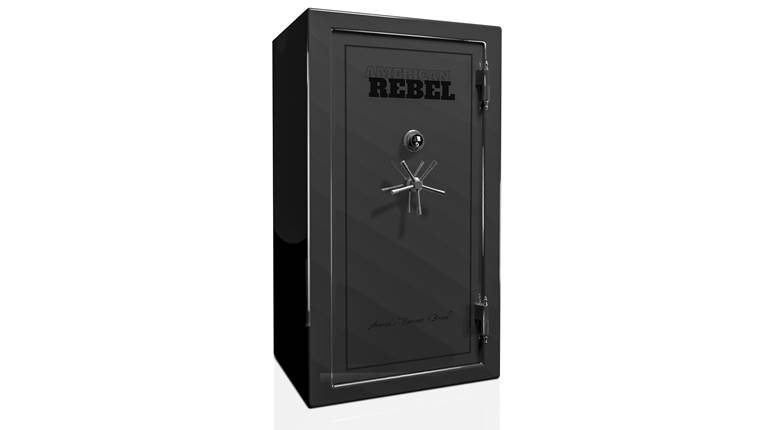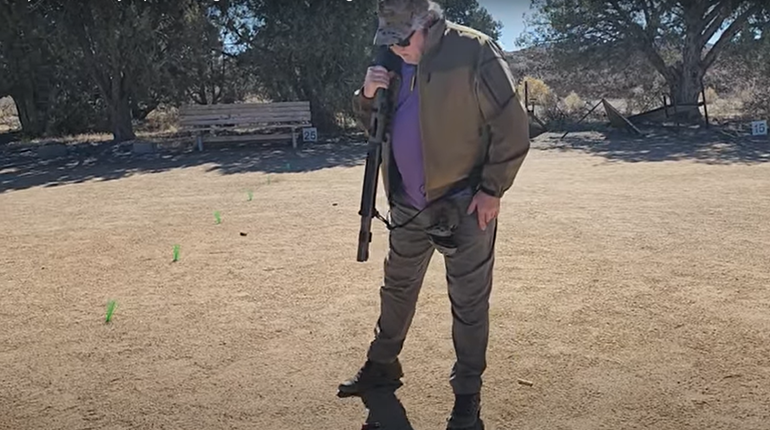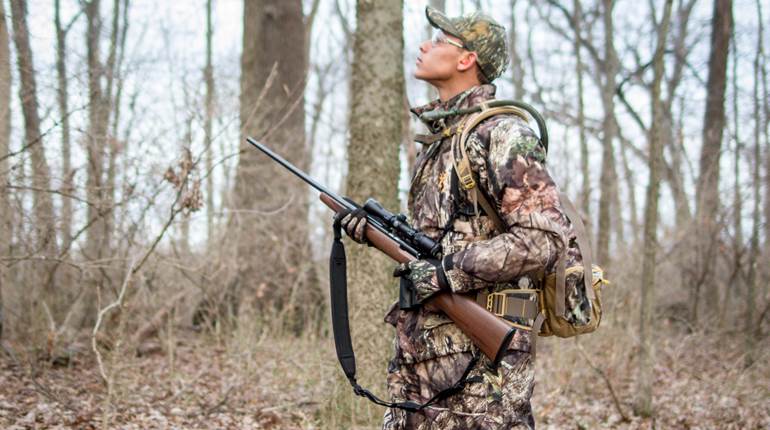
(Lead image is the Crossbreed Bedside Backup)
You may be the hottest shot at the gun club or 3-gun event, but if all of your guns are in your big safe when at home you just might be a dead man (or woman) walking. Home invasion is one of the most prevalent crimes in our modern society. If you should be targeted, the thugs are not going to politely sit by and wait for you to run to your safe, unlock it and fetch your favorite tactical pistol. You need some guns properly stashed around your home.
This can be tricky if you have children—whether full-time or just visiting—about the home. In this situation, you’ll need to invest in some gun-securing devices that limit access. You must acknowledge, however, that any gun-security device will impede the availability to deploy the gun in an emergency. For many, however, it is a necessary child-safety device. In order to minimize the time barrier these devices provide, you will need to practice opening it until it becomes second nature. Make it a part of your dry-fire training.
For handgun security, Hornady offers its RAPiD Safe that features touchless technology. It uses radio frequency identification from three sources to open the child-resistant safe. Like with your vehicle, the RAPiD Safe can be opened with a bracelet, card or key fob programmed with a unique code. The RAPiD Safe weighs 15 pounds and has a foam-padded interior to protect your handgun. A 39-inch cable secures the safe to an immovable object. It requires electricity to operate and comes with a battery backup. New for 2016 are the RAPID Safe 2600 and 2700, which add an RFID sticker as an access option. 


The Fort Knox Autopistol Box is a beefy safe that comes in two sizes: a 6-inch version for smaller pistols or to fit in a vehicle, and a 12-inch version that can accommodate most handguns as well as spare ammo and an accessory or two. For those who prefer a top lid, Fort Knox still makes its Original Pistol Box. Like the Autopistol boxes it is a stout safe made from 10-gauge steel with a 3/16-inch top and features a push-button combination lock.
Knox Autopistol Box is a beefy safe that comes in two sizes: a 6-inch version for smaller pistols or to fit in a vehicle, and a 12-inch version that can accommodate most handguns as well as spare ammo and an accessory or two. For those who prefer a top lid, Fort Knox still makes its Original Pistol Box. Like the Autopistol boxes it is a stout safe made from 10-gauge steel with a 3/16-inch top and features a push-button combination lock.
Liberty Safes has an HD Micro Inprint vault that utilizes fingerprint-recognition. On AC power the Micro Inprint can be opened in one second with a swipe of your finger. Up to 15 different fingerprints can be programmed into the unit.
Gunvault offers a variety of firearm-securing devices for the home or vehicle. From the discrete SpeedVault Biometric SVB 500 to the TVB 4810 AR vault that takes up about the space of a coat in a closet, all use biometric fingerprint-recognition technology to access the contents.
Once firearm security has been addressed, the next issue is where to stash what. Personal preference will dictate a lot of this, but here are a few suggestions. Handguns should be stashed in places where people may congregate for things like television watching or conversation. Discretion is the word here since you probably do not want just anyone who enters your home—invited or uninvited—to know you have guns and where they are. The bedroom or a safe room is the place for shotguns and rifles.
Don’t forget to include ancillaries like spare ammo and illumination devices. Verify that your firearm security device will prevent the firearm from discharging while in it. If so, which is the case for some of them, you can safely store a firearm with the magazine loaded. Spare ammo in the form of extra magazines or spare shotgun shells should be kept nearby, preferably within arm’s reach of the gun. A light—whether weapon mounted or separate—should also be situated within arm’s reach of the gun.
Another aspect to stashing your firearm involves tactics. What are you and your family members going to do in the case of a home invasion? A complete dissertation is beyond the scope of this discussion, but there are a few general caveats. If you awaken in the middle of the night and suspect an intruder is in your home, avoid going on a search-and-destroy mission. Unless you hear a family member shout out from another room, you are far safer and able to offer substantial defense from your bedroom. Use the bed for cover and point the gun at the doorway. If someone enters, illuminate them with your light to positively identify whether they are a threat or a family member.
If you must go to the rescue of a family member, it’s best to go with your spouse or partner—provided they have the training to handle a situation like this. An untrained partner is worse than no partner. Do not attempt to ride to anyone’s rescue barefoot. A stubbed toe in a dark hallway or stepping on or tripping over an errant toy will do nothing to enhance your performance in a stressful situation. Slippers should have a relatively hard sole. Use the same tactics you were taught to clear a room. Slice the corners carefully as you approach. Develop plans to fit invasion scenarios throughout the home and practice them with family members. There are enough unforeseen surprises occurring in an invasion; don’t add to the confusion by ad-libbing your way through it.
Preparation is the key to surviving a home invasion. Give some thought to your situation, safely stash a few guns where they will do the most good, and develop plans to deal with a variety of possible scenarios. You’ll be and feel a lot safer.


























![Winchester Comm[94]](/media/1mleusmd/winchester-comm-94.jpg?anchor=center&mode=crop&width=770&height=430&rnd=134090756537800000&quality=60)
![Winchester Comm[94]](/media/1mleusmd/winchester-comm-94.jpg?anchor=center&mode=crop&width=150&height=150&rnd=134090756537800000&quality=60)












